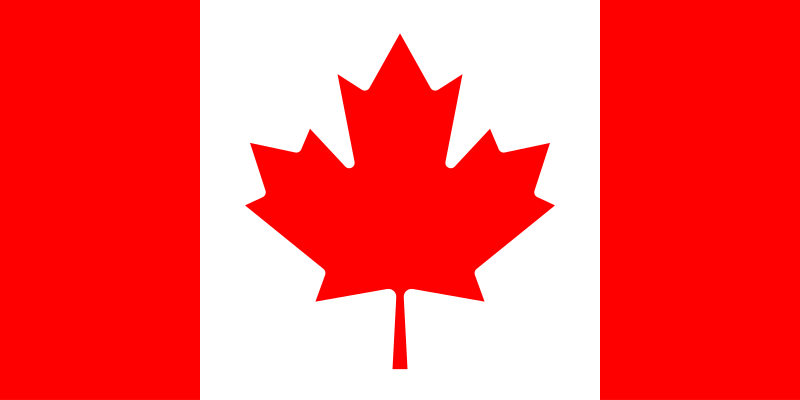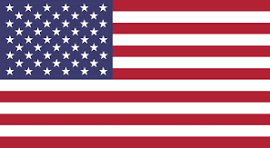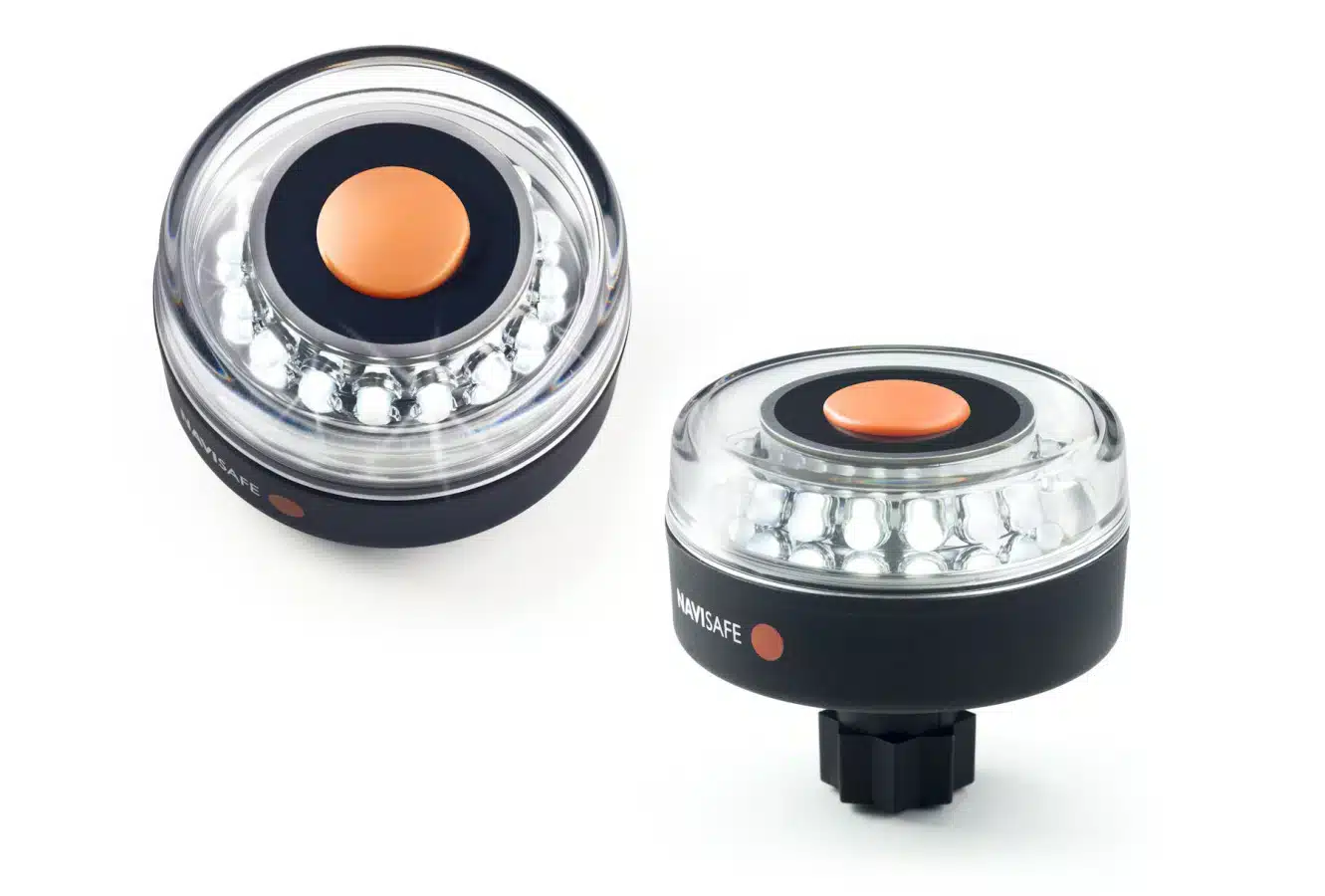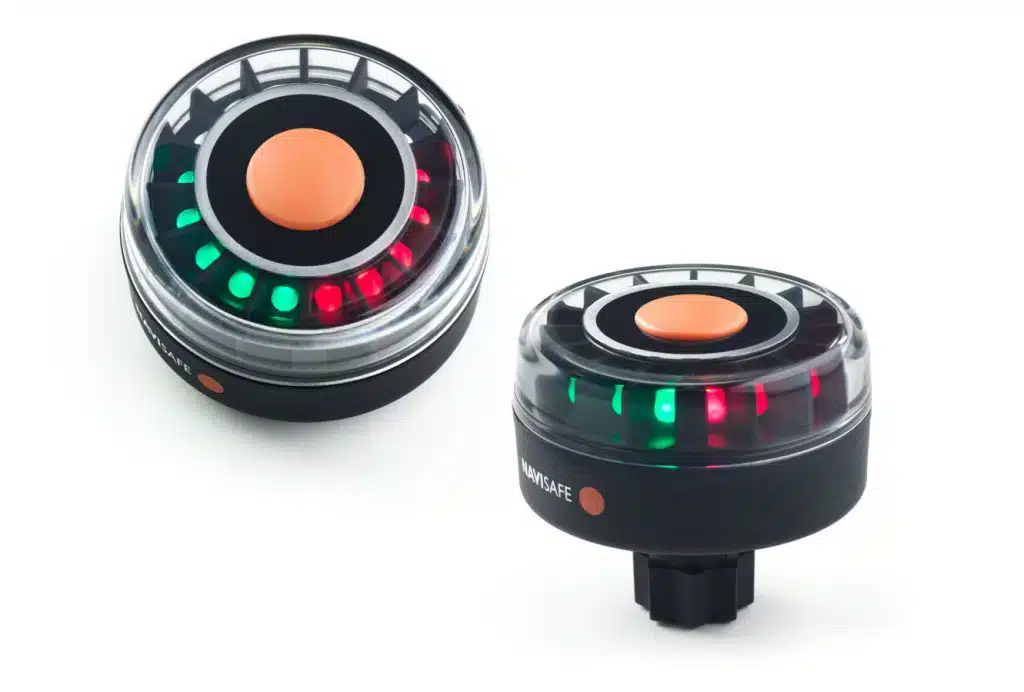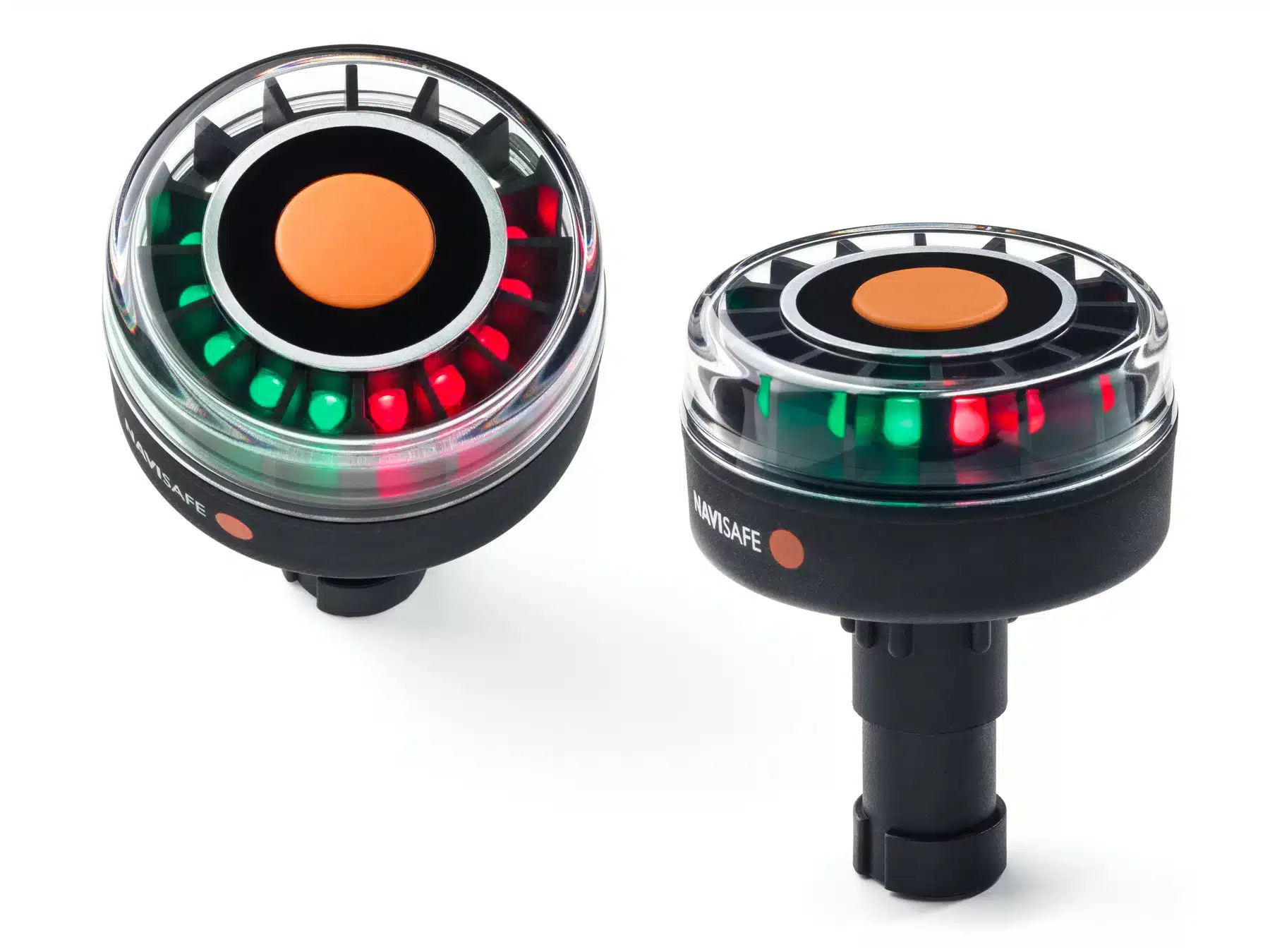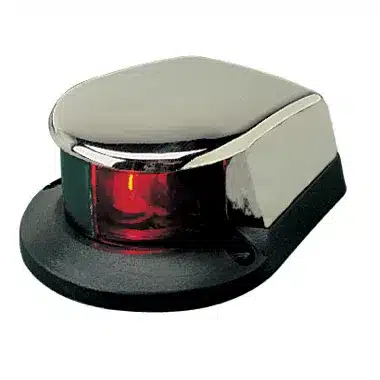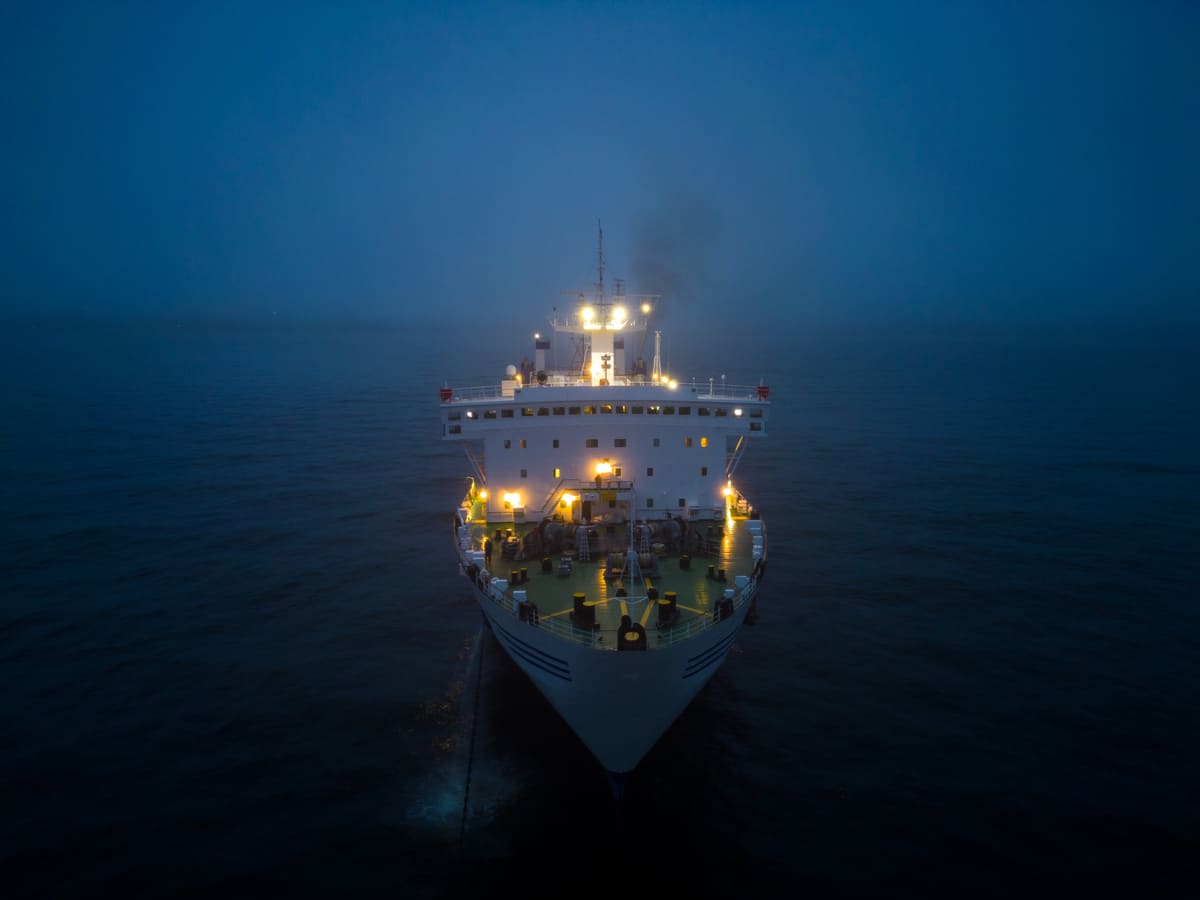
For Canadian boaters, navigation light requirements are about following rules and ensuring safety on the water. Small recreational vessels and larger boats rely on proper lighting to help prevent collisions and ensure clear communication.
Navigation lights for boats serve as a universal language, helping boaters determine a vessel’s size, direction, and status. Failing to display proper navigation lights can result in substantial fines. Most importantly, the usage of navigation lights is important for all boaters’ safety.
Key Rules for Displaying Navigation Lights
Navigation lights should be visible from sunset to sunrise, regardless of weather conditions. They are required during periods of restricted visibility, such as fog, heavy rain, or snow. Transport Canada further states that lights must meet Collision Regulations requirements for the vessel’s purpose and size, and they must be mounted properly.
Canada-Specific Guidelines
Transport Canada’s regulations align with the International Regulations for Preventing Collisions at Sea (COLREGs). Type, position, and arc of visibility for navigation lights are based on vessel size and type. Canadian regulations emphasize the importance of maintaining proper light configurations.
Navigation Light Requirements by Vessel Type
Small Boat Navigation Lights:
Recreational boats under 7 meters must display an all-round white light and red/green sidelights. However, these vessels may alternatively carry a combined lantern showing red and green sidelights with an all-round white light. For kayaks and canoes, a simple white light visible from all directions is acceptable.
Sailboats:
When under sail power alone, they must display red and green sidelights and a stern light. Transport Canada provides this chart showing sailboat light configurations.
Commercial and Larger Vessels:
Commercial vessels and boats over 12 meters must comply with more comprehensive lighting requirements. These include masthead lights, sidelights, stern lights, and, depending on the vessel’s size and purpose, additional specialized lights that indicate their status or activity. The figures on Transport Canada’s website illustrate this.
Why are Navigation Lights Important on a Vessel?
Situational Scenarios for Displaying Navigation Lights
- While Anchored
When anchored, vessels must display an all-round white light visible from all directions. This requirement applies from sunset to sunrise and during restricted visibility. - Restricted Visibility
During conditions of restricted visibility, vessels should display their standard navigation lights, throughout the day and night. In heavy fog, combining proper lighting with sound signals becomes crucial for safety. This dual approach helps other vessels determine your position and heading. - During Emergency Situations
Specific light patterns can signal distress, such as displaying all-round white lights or using approved distress signals in conjunction with navigation lights.
Choosing Navigation Lights
Look for lights that can stand up to repeated use in cold and wet conditions. The key is that the lights must comply with Transport Canada Standards, per the type of boat you have.
Our Recommended Products
Shop Poco Marine for all your boat navigation light products, including these specific lights:
Navisafe Navilight All-round White 2NM Railblaza Mount:
This light is US Coast Guard approved for 2 nautical miles. It is the most versatile light of Navisafes’ battery-operated portable navigation lights. It includes a 360° all-round light, a 225° Masthead light, 135° Sternlight, Flashing light, Anchoring light, and a Cabin light.
Navisafe Navilight Tri-Color 2NM Railblaza Base
This light is US Coast Guard approved for 2 nautical miles. It includes a green light to be shown at the starboard side and a red light for the port side. It also includes the white Sternlight. The light is battery operated, uses a super bright LED light, and is waterproof.
Navisafe Navilight Tricolor 2NM w/Scotty Base
This light is US Coast Guard approved for 2 nautical miles. It’s fully compatible with the Scotty Deck Mounting system. It includes a green light for the starboard side and a red light for the port side. It includes the white Sternlight, is battery operated, uses a super bright LED light, is waterproof, and floats.
Seadog 400157 Low Profile Combination Bow Light
This light meets US Coast Guard regulations for 1 NM and 2 NM navigation lights. Chrome plated zinc alloy construction. Height: 1-11/16″ Width: 3-3/16″ Length: 4-1/16″
Poco Marine’s Boat Navigation Lights
Proper navigation lighting is fundamental to safe boating in Canadian waters. Always ensure your vessel’s lights are working correctly before heading out, and remember that different conditions and vessel types have specific requirements.
Be sure to have the lights you need for all your boating activities. Shop Poco Marine’s navigation lights now.
FAQs on Navigation Lights
- Are navigation light requirements different in Canadian freshwater vs. saltwater regions?
Navigation light rules remain consistent across all Canadian waters, although there may be special rules for certain areas. - What’s the penalty for not displaying navigation lights in Canada?
If you’ve been searching online for “boat navigation lights rules Canada,” fines can range up to $1,000 for not displaying lights, with higher penalties possible for repeated violations or dangerous situations. - Do kayaks or paddleboards need navigation lights in Canada?
They require at minimum a white light visible from all directions when operating between sunset and sunrise. - Can I use solar-powered navigation lights in Canadian waters?
They are acceptable if they meet Transport Canada’s brightness and visibility requirements for your vessel type. - Where can I buy Transport Canada-compliant navigation lights?
Approved navigation lights are available at marine supply stores and authorized dealers.

